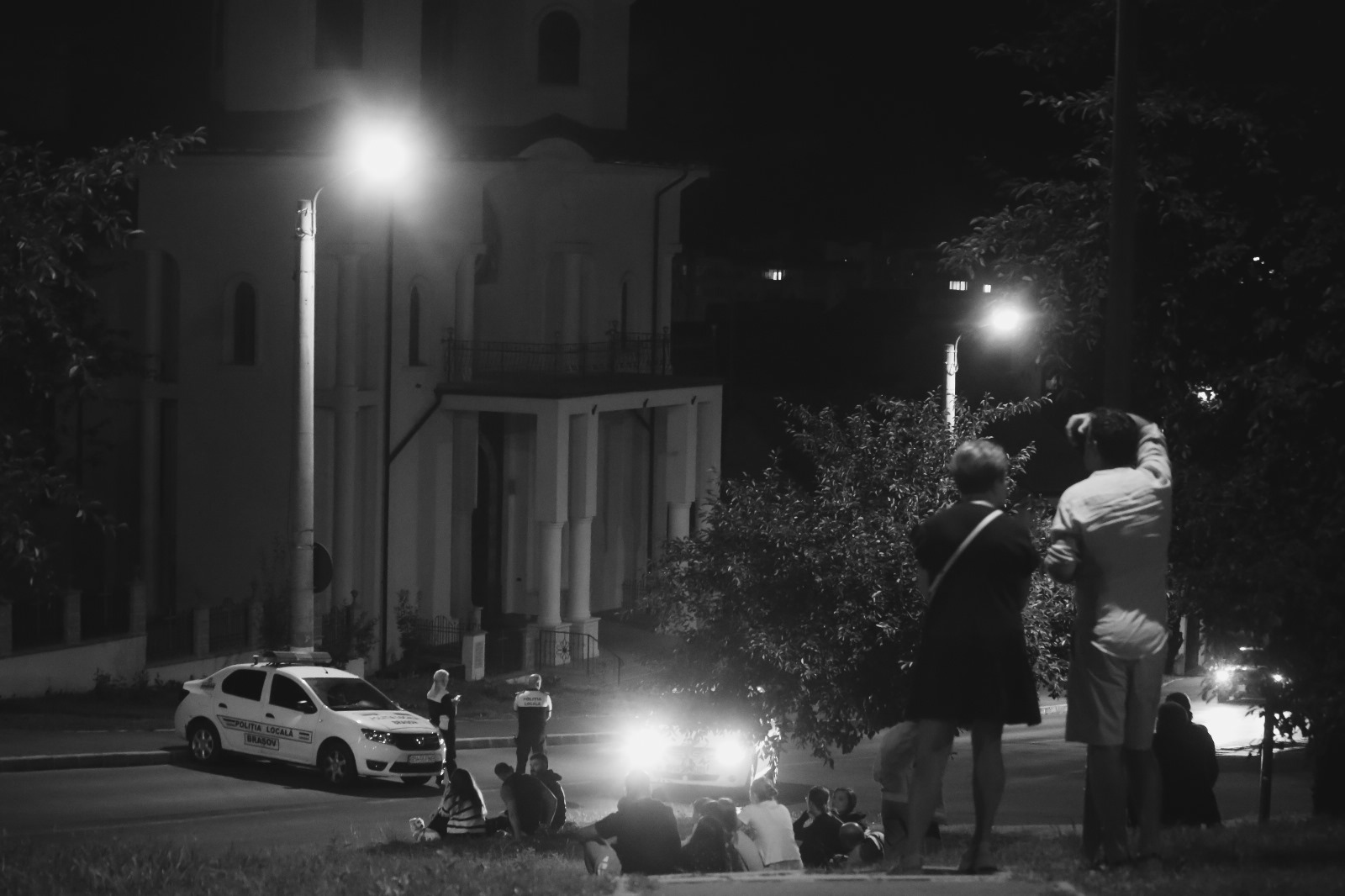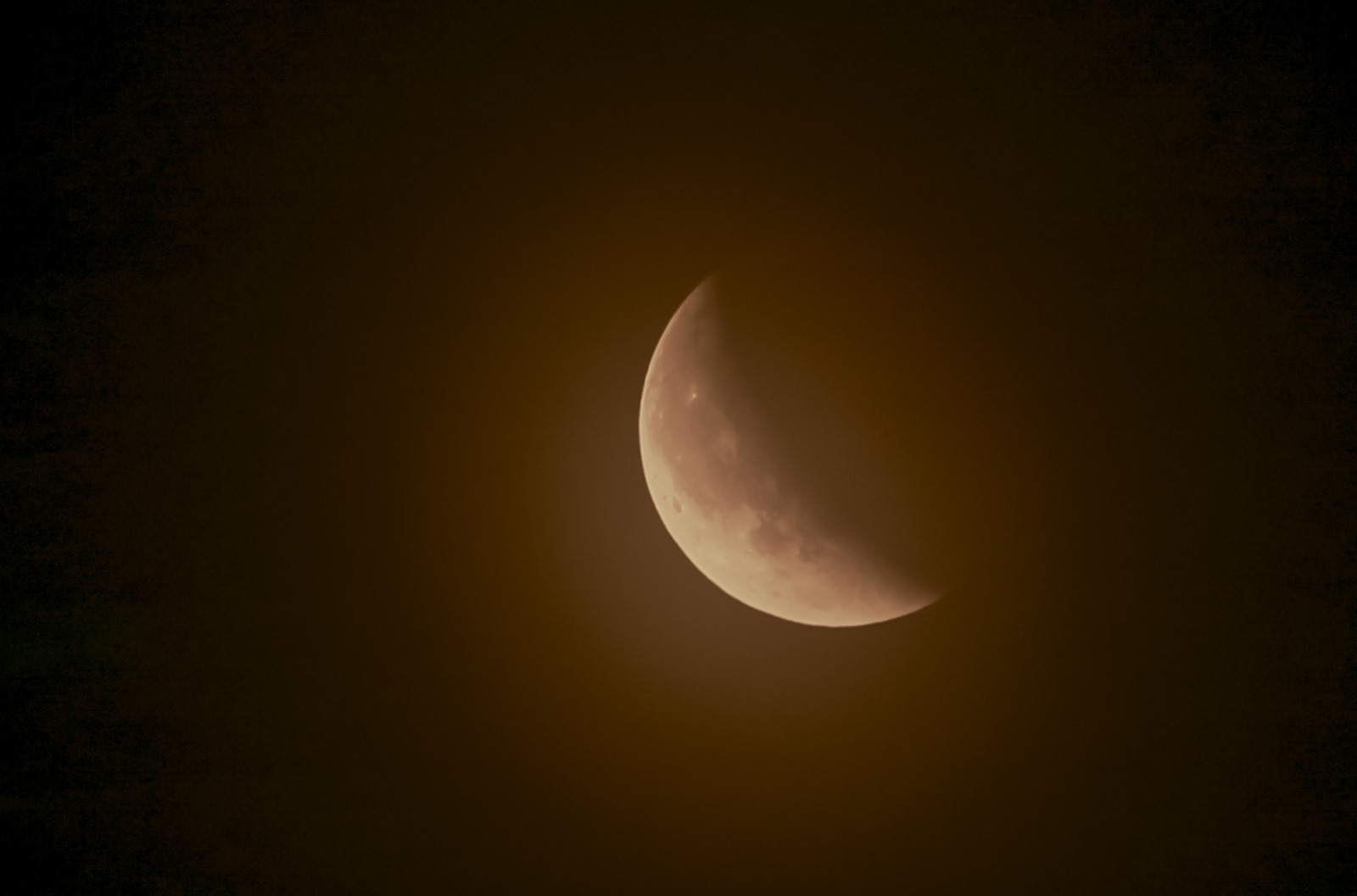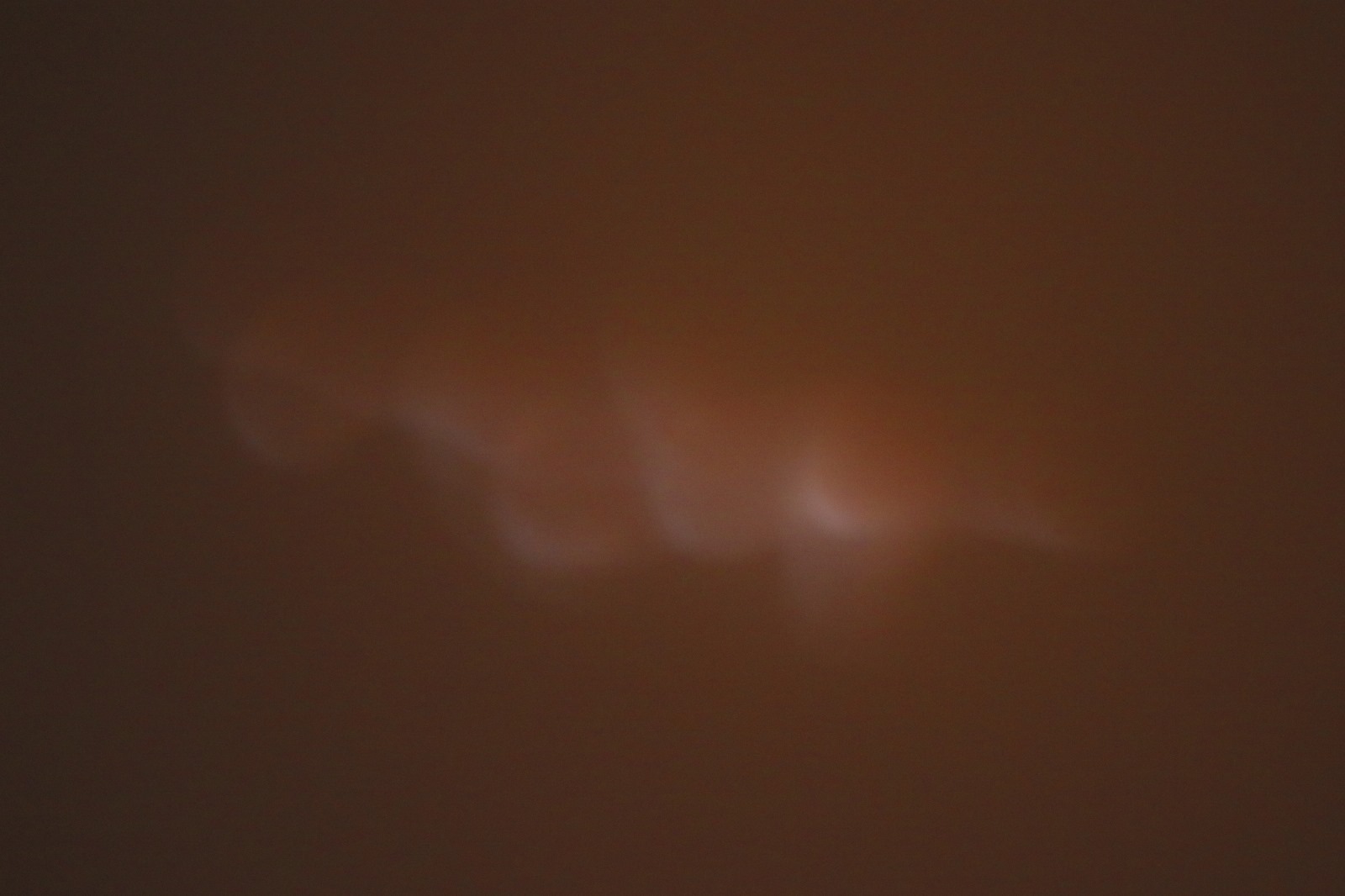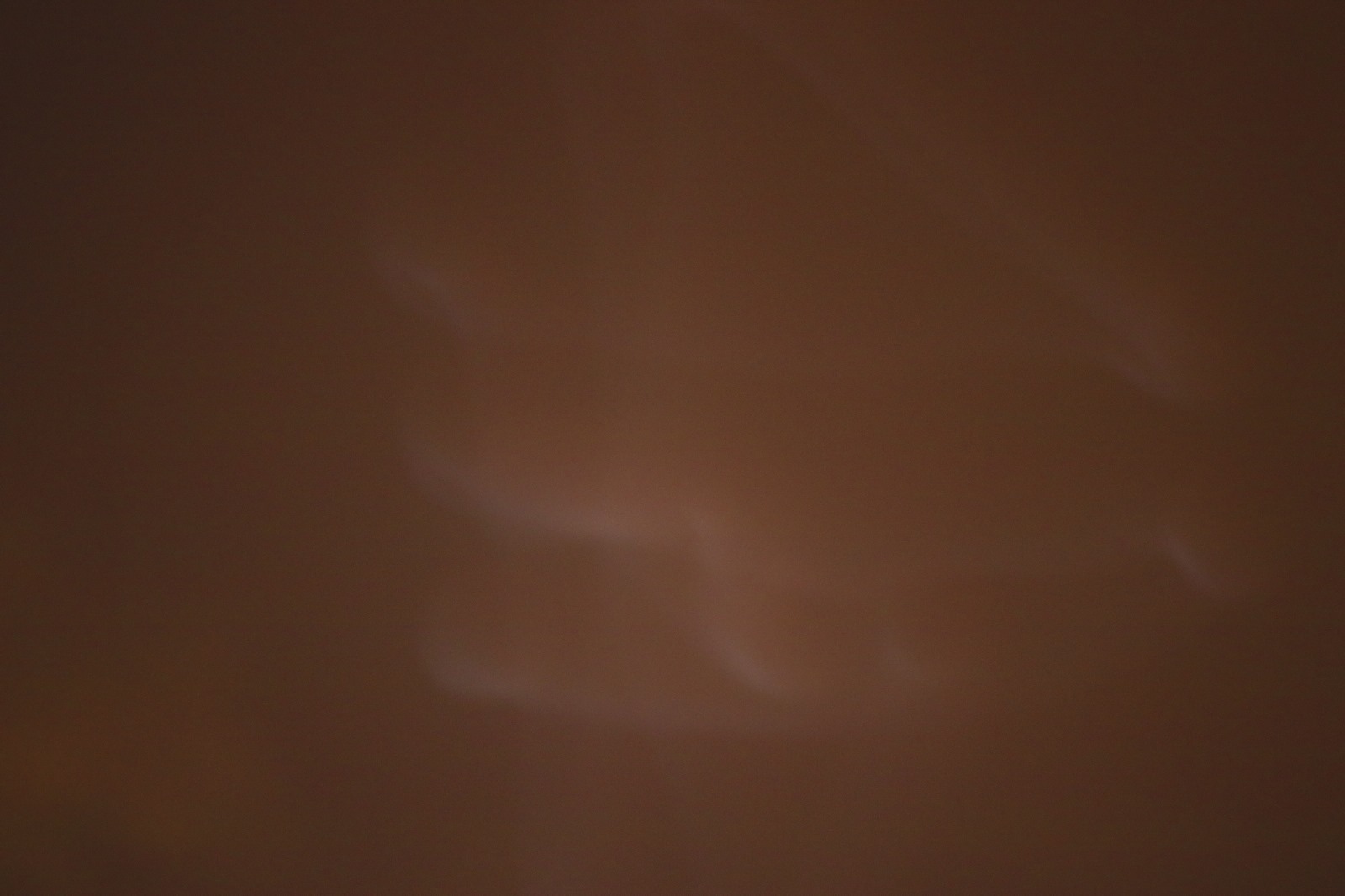On September 7, the heavens staged a rare spectacle: a total lunar eclipse, the Moon passing through Earth’s shadow at its ascending node. As the night deepened, the silver orb dimmed, turning gradually into a deep, glowing red, the so-called Blood Moon.

Beyond the optics of lenses and exposure settings, the night carried a different weight. The tides were turning, not only in the sky but also in the air of the day itself. It was a strange Sunday, charged as full moons often are, when coincidences and unspoken shifts seem to surface.

The eclipse fell on the eve of the Feast of St. Mary, the beginning of the new Church year, a reminder that cycles of time and faith intertwine with the rhythms of the cosmos.

As darkness gathered, people came out into the streets and courtyards to watch the sky. They stood silently, some with phones and tripods, others simply with open eyes, witnessing a mystical performance that belonged as much to the language of astronomy as to the language of alchemy: transformation through shadow, renewal through return.





